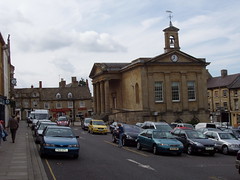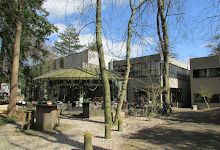Archive number: 102
Title: De Ti O De Mi
Main Album: Focus 8
Track number: 5
Genre: Progressive Rock Instrumental
Studio: Peptide Studio, Vuren
Length: 06' 22”
Composer: Bobby Jacobs
Musicians: Thijs van Leer – Hammond organ; Jan Dumee – Guitars; Bobby Jacobs - Bass; Bert Smaak - Drums
Producer: Geert Scheijgrond & Focus
Engineer: Geert Scheijgrond & Dick Kemper
Label: Musea/Red Bullet
Date of recording/release: A limited run of 500 of the album appeared in August 2002 to be followed by a general release on CD later that year. Also later on Paras and JVC Victor
Alternative version: None
Notes: We begin with a dark bass riff backed by drums then organ (from about 00:26). At 00:46 an electric guitar takes up the lead with a yearning jazz melody that when eventually about to build at 01:21 reverts to the sparse bass riff. At 01:39 drums re-introduce the organ and a cleaner electric guitar sound and (from 02:01) the jazz guitar melody. It builds a little more this time until panning out with an organ backed development leading to a caesura at 02:59 and 03:00. For the remainder of the track the guitar-led melody is allowed to develop further, this time eventually taking off to some extent, though still meandering a little and later getting quite earnest. The section eventually begins to fade at 05:55 and ends around 06' 22”.






















